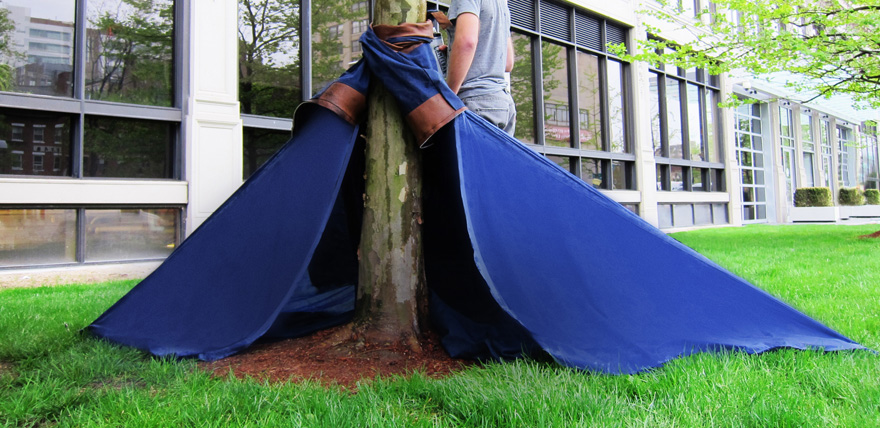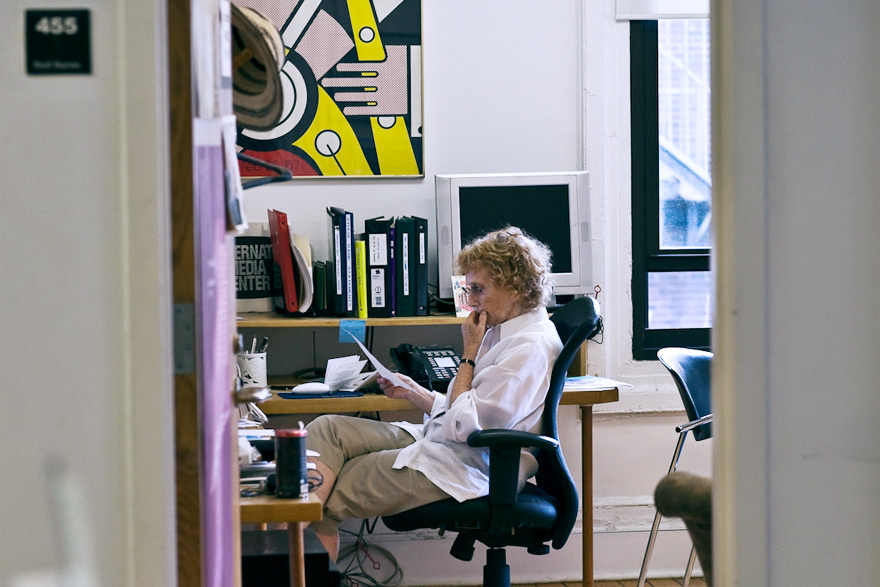![IsaacSchell-RickJones-COMP.jpg]() Portrait by Isaac Schell / Additional images courtesy of Rick Jones
Portrait by Isaac Schell / Additional images courtesy of Rick Jones
We've devoted a fair number of pages and pixels to that singular design object known as the bicycle, and whether you're a leisure rider or all-weather commuter, weekend warrior or retrogrouch, there's no denying the functional elegance of the human-powered conveyance. Thus, when Harry Schwartzman reached out to us about lending our support to the inaugural Bike Cult Show, a celebration of the beautiful machine and a local-ish community of individuals dedicated to building them, we were happy to support the cause.
Bike Cult Show: Save the Date· Ezra Caldwell· Johnny Coast· Thomas Callahan· Rick Jones
As a specific manifestation of the burgeoning maker movement, the craft of building a bicycle by hand has seen a resurgence in recent years, in tandem (yeah, yeah) with the increasing popularity of cycling in major metropolitan areas. Although the Brooklyn bicycle builder community is a relatively new phenomenon—Johnny Coast is an elder statesman at a decade in the game—cycling aficionados have long regarded the greater Tri-state Area as a builder hotspot, home to the likes of J.P. Weigle and Richard Sachs, who have a collective 75 years of experience between them.
Indeed, one of Harry Schwartzman's goals in producing the event is to showcase the previous generation of builders—those that Jamie Swan of Northport, Long Island, calls "Keepers of the Flame." We'll have more on the elusive Swan (a cult figure in his own right) shortly, but we can glean some of his story through his young charge Rick Jones, to whom he has passed the proverbial torch and, by his mentor's account, may well surpass his forbear.
Nestled in a quiet corner of the North Shore, Jones' unassuming workspace is tucked in the back of his family-owned bicycle shop. Glen Cove is a short train ride away from New York City but a world apart, and if the Road Runners Bicycles storefront probably doesn't look too different from any other suburban bike shop, it's worth noting that it's been around for some 50 years now. The 33-year-old mechanic and framebuilder shared more in a recent conversation with his mentor and friend.
![RickJones-OrangeRoad.jpg]()
Jamie Swan: Ok, we're at Road Runner's bicycles in Glen Cove, New York. We're talking to Rick Jones, proprietor and framebuilder. Rick, how long have you been in the bicycle business?
I was kinda born into it—my family has owned this shop since before I was born; I've [been] spending a lot of time here since I was about eight years old. Since then, I've probably been here every weekend at least—now I'm here every day—it's just been a big part of my life since as far back as I can remember.
I also raced BMX starting when I was nine or ten years old. I took to it, like I wind up taking to a lot of things: full steam ahead, going for it. In a very short amount of time, I went from just riding a BMX bike to racing on a pretty serious level, full national circuit, becoming nationally ranked... I did that for about three or four years, and then I moved away from bicycles for a while.
And your grandfather started the shop?
My grandfather opened the shop in 1964. It was originally a motorcycle shop, but they'd [also] fix bicycles and eventually morphed from being a motorcycle shop to being a bicycle shop. During that time [in the 60's and 70's] when the shop started out, my father raced motocross, to show support for the lines that they were selling.
Do you still fix motorcycles?
Yeah, we still fix all sorts of old motorcycles and stuff. Mostly vintage stuff that we'd started working on, in that era, when they were doing motorcycles. Today, we still do some restoration work on British and German motorcycles; we do a lot of vintage British—Norton, BSA, Triumph—and BMWs.
And I understand that you worked in the automotive industry for a while?
I spent about seven years as an auto mechanic; I started out working on a variety of high-end European cars, and then moving to Mercedes for the last five years, where I was a factory-certified engine builder and diagnostic technician.
But throughout the time when I was working on cars, like I said, I was here any day off I had, helping out. When I left working on automobiles—it's been about 12 years ago now—it's been a full-time six, or seven, or eight days a week kind of thing for me. [Laughs.]
When and why did you decide to get involved in the family business?
It was almost a matter of necessity. I had lost my job fixing cars and I didn't know what I wanted to do. After working on cars for several years, I kind of decided that as much as I actually liked the actual work of working on cars, I just hated working for car dealerships. It was just a miserable experience for me. I weighed about 325 pounds, I smoked about two packs a day... I was at a very low, depressed point in my life. And just out of needing a salary, I came to work here to see where things were gonna fall for me and figure out where I wanted to head.
I immediately bought a bike, started riding again, and started to see this passion get reignited in me, that I had when I was a kid, racing BMX. And I started getting into mountain bike riding again, and I just started getting more and more and more... more deeply involved with bike riding, bike racing. And it was after a short amount of time when I started back up here again, it was just like, 'Ding, this is where I was supposed to be,' and I realized that this is what I'm supposed to be doing. And it's just been like that ever since.
It's certainly not an easy business to be in—I often tell people that 'It's a good thing that I like what I do, because I gotta do it a lot.' [Laughs.] But it's great, I love every aspect of bicycles. I love building custom bicycles. I love being the guy that, you know, sells a four-year-old his first bike—having this kid look at you like you're god, you know, and you see this future 'Brother of the Wheel,' budding right in front of you. It's a really cool thing—it's a fun business to be in. I find it to be very rewarding.
(more...)![]()
![]()
![]()
![]()
![]()
![]()
![]()

































 Portrait by Isaac Schell / Additional images courtesy of Rick Jones
Portrait by Isaac Schell / Additional images courtesy of Rick Jones









































